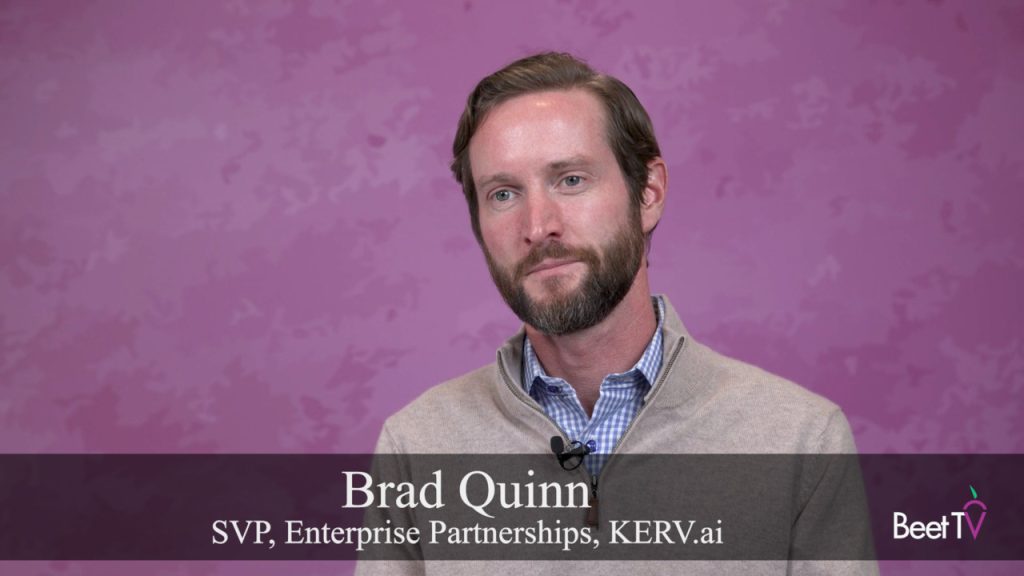Across the TV world, many broadcasters have historically operated a number of different ad pricepoints, charging more or less depending on the volume of commitment from ad buyers.
But what if, after two years of international outcry over the way that media are sold, you went in the opposite direction? What if, incentivising a bigger spend with a lower price, you just offered one price for everyone?
That is what ad sales teams for the Netherlands public broadcaster NPO did this year – and that was just one part of a strategy to clean up the way it sells inventory.
In this video interview with Ashley Swartz for Beet.TV, Frank Volmer, GM of Ster Netherlands, the ad sales house for NPO, explains: “We introduced one fixed price that was volume=independent. For smaller advertisers and bigger advertisers, everybody has the same price.
“For smaller advertisers, that came down to a reduction of the price for about 30% to 40%, and if you look at the bigger advertisers, it’s an increase in price of about 10% on average.”
Volmer says the change was a response to to things:
- Ster noticed bigger-brand advertisers were spending less.
- Demand was growing from smaller advertisers for whom TV was nevertheless expensive.
With the changes, smaller advertisers now have a self-serve online ad platform where they can buy linear TV and radio ads in the Netherlands. The group has lost some of the bigger brands, but gained on the small end.
But that wasn’t all.
“We stopped with all kind of rebates and discounts,” Volmer adds. “We stopped with the 15%, and we stopped paying media agencies any kickbacks. We don’t pay media agencies for anything anymore so that they can really give an advice that is independent of the influence of getting paid kickbacks.”
Volmer says other broadcasters have followed suit in abandoning the kickback system, which drew outcry when the Association of National Advertisers in the US published a report that finally blew the lid off a system of incentives that had been an open industry secret for years.
Ster has even broadened the demographics against which it sells advertising. Until this year, the group had 140 target groups Now it has just six.
“That really delivers,” Volmer says.
This interview was conducted at the EGTA New York meetings hosted by Viacom. EGTA, the Brussels-based trade association of international television companies, is the sponsor of this Beet.TV series. For more videos, please visit this page.








































